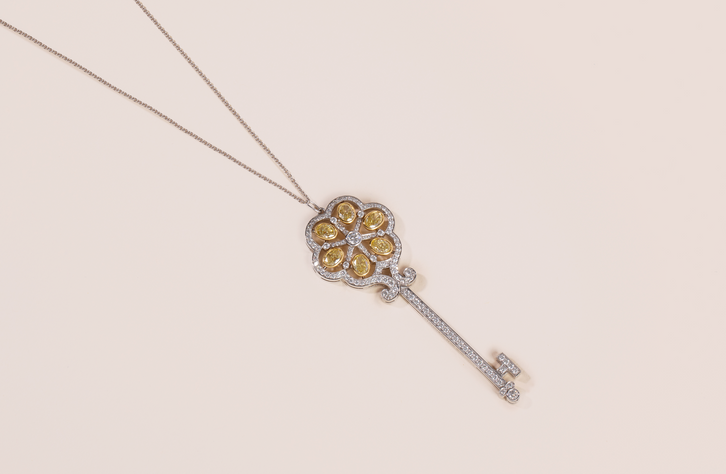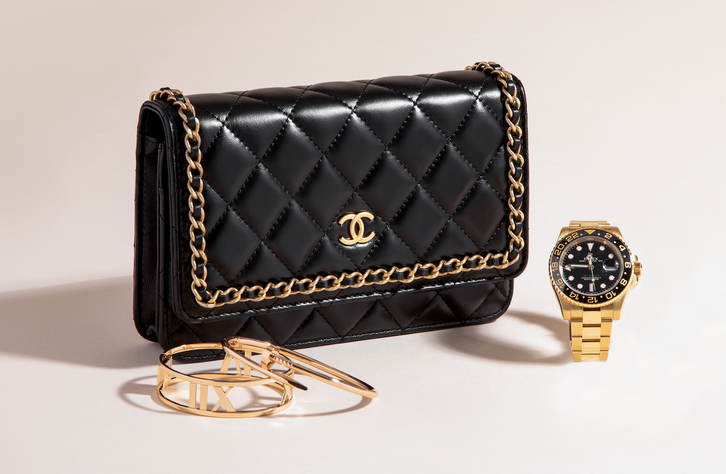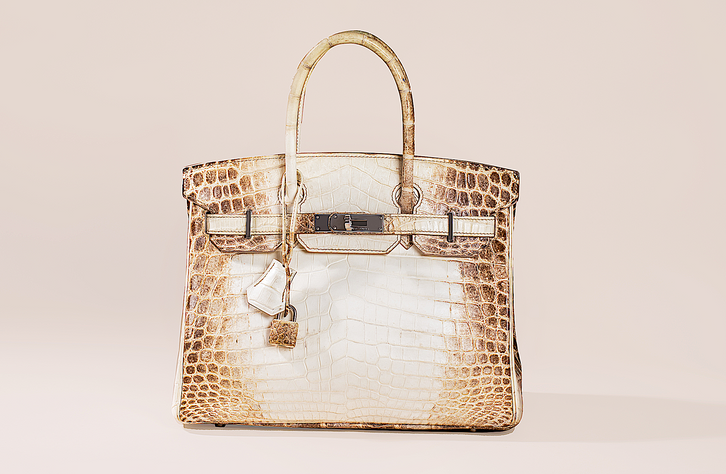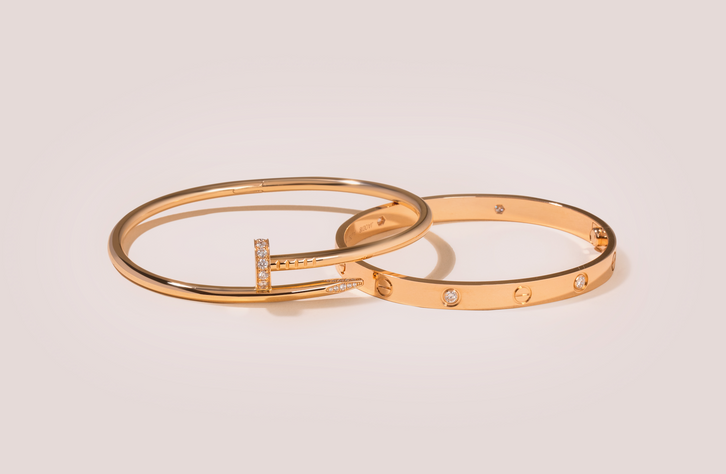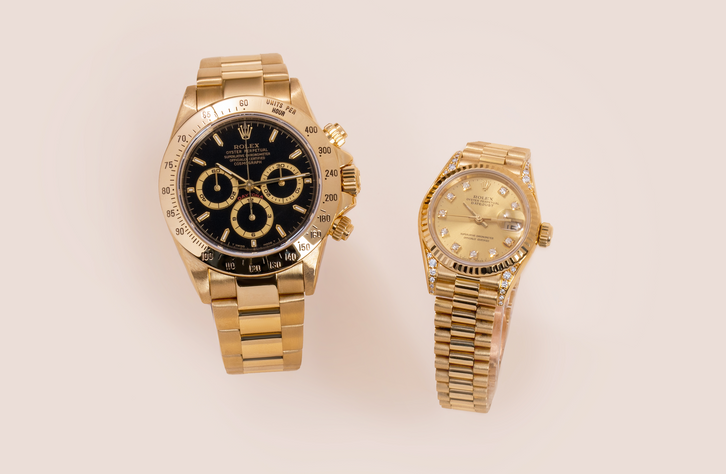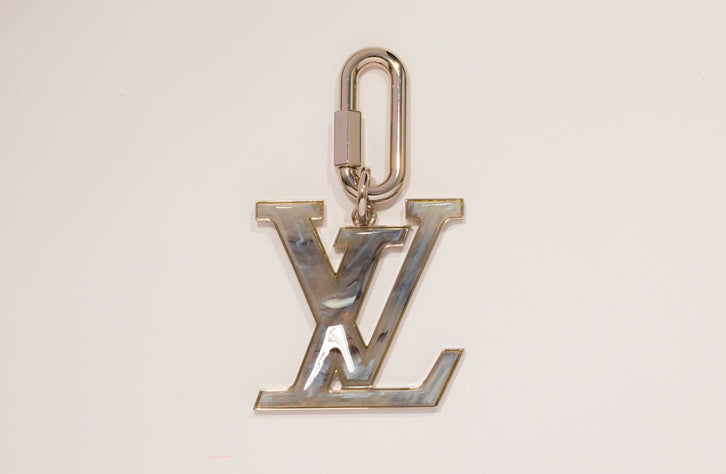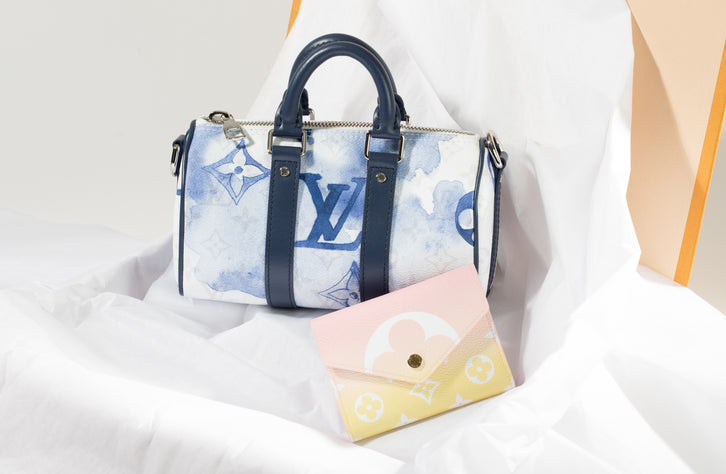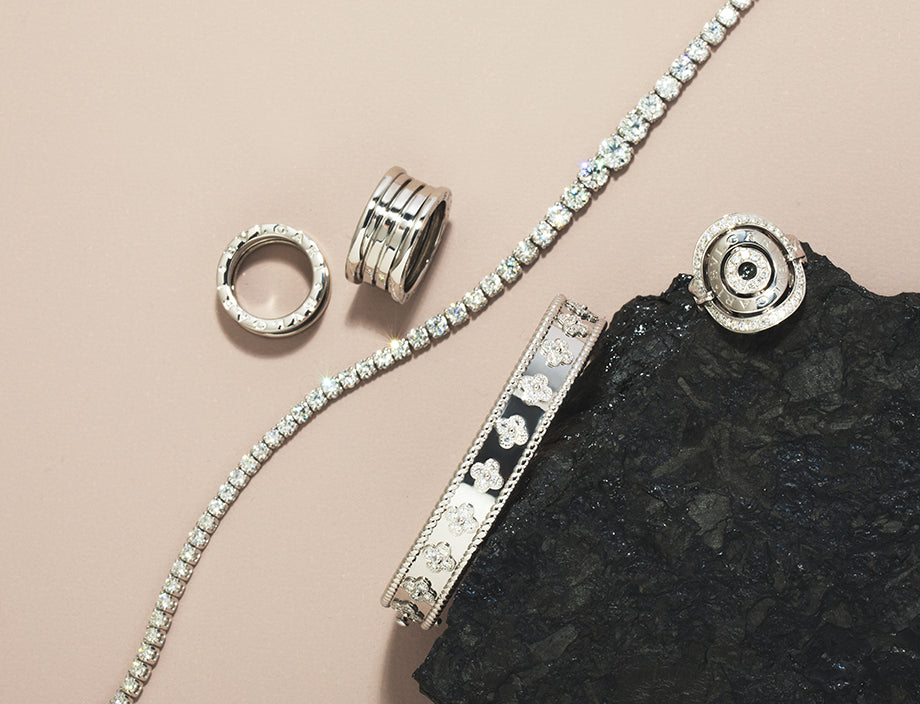The 4 C’S Of Diamond Grading
This guide explores every element of a diamond and what factors affect diamond prices, positively or negatively. The classical variables of diamond valuation are known as the 4 C’s: Cut, Clarity, Color and Carat weight. But these are just the core, basic factors. There are a multitude of other factors to be taken into consideration when calculating how much a diamond is worth. myGemma provides a precise value through an expert valuation for your rings, jewelry, or loose diamonds.
Often, the condition of a used diamond is a key component in its valuation. Although the hardest natural material known to man, second hand diamonds may be chipped, abraded, or broken. The GIA have made a series of videos regarding grading which you can see here. Brilliance has a great diamond education section for you to learn more. You can also see the GIA education guide on their website.
Retail Diamond Values VS. Wholesale Diamond Values
How much is my diamond worth? The reality is that the price you paid for your diamond and its current resale value are going to be quite different. A good analogy is driving a new car off the lot; your purchase no longer carries the same value. With diamonds, it can be even less. However, if you bought your diamond jewelry many years ago, you might have more than recouped the difference. Diamond prices can rise significantly during boom years, so if you timed the purchase right, your assets could have appreciated in value.
What Affects My Diamonds' Price?
SHAPE
Round diamonds are the most valuable of shapes; cushions, princess cuts, radiants and asschers are also very popular, but worth much less than rounds.
Emerald cuts, ovals and pears are worth even less and marquises are worth less still. How diamond shapes affect prices is dependent on fashion trends and popularity and varies over the years.
COLOR
How diamond color affects value: even the slightest difference in color has an impact. Simply put, in white diamonds, the less color the better. D is the most valuable color grade on the D-Z scale as it is colorless.
Even more valuable than D color are fancy colors: with reds, blues, and green fetching the highest prices.
CLARITY
When it comes to diamond clarity and how it affects diamond prices, it is quite straightforward. The more clarity characteristics (imperfections) a diamond has, the lower the clarity grade, which in turn lowers the value.
Does the diamond look clear to the naked eye or not? It’s a good sign if the diamond does look clear but this does not guarantee that it is a flawless stone. Upon inspection, a gemologist may still be able to spot imperfections. To find out the precise clarity grade of a stone you would need to have a trained gemologist inspect your diamond.
SIZE
How to know how much my diamond is worth? Size is a good place to start when answering this question, as the size of a stone is arguably one of the most important factors in pricing a diamond. There are two important points when it comes to diamond size: larger is better and “magic sizes” play a large role.
Magic sizes include 0.50 cts, 1.00 cts, 2.00 cts, 5.00 cts. Once you pass a magic size, the price per carat increases. For example, a 1.00 ct stone is worth approximately 15-20% more per carat than a 0.90 ct stone. The same goes for a 5.00 ct versus a 4.90 ct.
FLUORESCENCE
Fluorescence is how your diamond responds when exposed to UV light. Roughly one third of diamonds emit a soft colored (usually blue) glow under ultra-violet light. Most fluorescence is invisible to the naked eye but high fluorescence can cause a milky white appearance.
Although fluorescence may not have been a decisive factor when it came to purchasing a diamond (you may have been more focused on the shape or carat weight for example), when considering what affects a diamond’s price, fluorescence plays a dual role. It has a negative impact for diamonds with D-H color grade (as much as -15% for a D color IF diamond). However, sometimes fluorescence in a diamond affects prices in a positive way for diamonds with I or lower color grade.
CUT
When considering how cut grades affect the price of diamonds: excellent cut is optimal. It is worth approximately 15% more than a Very Good (VG) cut grade, which is worth approximately 15% more than a Good (G) cut grade.
Only rounds are given cut grades by the GIA.
A triple EX grade (i.e. EX cut, EX polish and EX symmetry) is generally worth 7-10% more than a triple VG cut grade.
POLISH
In terms of how polish affects the price of a diamond, it has a lesser impact than cut grade, especially between a VG grade and a G grade, for example.
A triple EX grade (i.e. EX cut, EX polish and EX symmetry) is generally worth 7-10% more than a triple VG grade.
SYMMETRY
Similarly, symmetry has a lesser effect on value than cut grade, especially between a VG grade and a G grade, for example. A triple EX grade (i.e. EX cut, EX polish and EX symmetry) is generally worth 7-10% more than a triple VG grade.
How To Tell If A Diamond Is Real
Finding it whether your stone is in fact a diamond or not is crucial when considering what impacts the price of a diamond. You can have more confidence in the authenticity of your stone if it has a GIA, EGL USA or IGI grading report or certificate. The only sure way to verify if your stone is in fact a diamond is to have a gemologist examine it in person.
Diamond Grading Laboratories
How and who graded the diamond can have a marked affect on the value of a diamond and the secondhand price of a diamond. The Gemological Institute of America is the foremost authority in gemology and GIA grading’s are considered the gold standard in the diamond industry.
Treated Diamonds
Not all diamonds are created equal. There are a variety of imperfections in a stone that may or may not be visible to the naked eye but do have an impact on price. From feathers to fractures, flaws in a stone (known as inclusions) are things that affect a diamonds value.
In an effort to counteract these imperfections, some jewelers choose to “enhance” stones. Whilst this may improve the look of a stone, which is beneficial when buying, it does have an impact of the value of the stone when it comes to reselling. Having undergone a treatment, it is now considered an altered stone, which shrinks the market of potential buyers, as there is less interest and demand for treated diamonds. So, if you are wondering what affects the price of a diamond, one answer is: treatments to the stone.
Treatments can be divided between color and clarity enhancements. So, what does it mean if a diamond is color enhanced or clarity enhanced? This is when diamonds with low color or clarity grades undergo one of several possible procedures to improve the visual appearance of the stone.
Color Enhanced Effects On Diamond Pricing
myGemma Customer: I have a color enhanced diamond how much can I get for it?
Coating and HPHT are the two most common forms of color enhancement. Coating masks a stone’s color with a thin layer of chemicals, plastics or synthetic diamond. This is a temporary enhancement and can be removed typically by boiling in acid. HPHT (High Pressure, High Temperature), a permanent enhancement, is an effective method on certain types of diamonds, whereby stones are subjected to very high temperatures and pressures.
Clarity Enhanced Effects On Diamond Pricing
myGemma Customer: I have a clarity enhanced diamond how much can I get for it?
There are two types of treatments that a stone can undergo to enhance the clarity: laser drilling and fracture filling. Laser drilling is favored to remove inclusions (imperfections in the stone), by drilling a small hole into the diamond to bleach away the inclusion. Laser drilling is a permanent treatment and can be seen on some GIA grading reports. Fracture filling on the other hand is a temporary treatment used to hide feathers (cracks in the stone), by injecting a glass like substance into the fracture. The filling can be removed by boiling the diamond in acid.
Is My Diamond Clarity Enhanced Or Color Enhanced?
Jewelers are obliged to disclose if a diamond has been enhanced prior to your completing the purchase. There is no guarantee, however, that this will happen.
If your stone is GIA certified you can rest assured that it will not have undergone temporary treatments such as coating or fracture filling; but the GIA will issue certificates for diamonds that have undergone permanent treatments, such as laser drilling or HPHT. Any certification you receive with the stone should clearly identify if the stone has been enhanced.
What if your stone was not certified? If you were not present at the time of purchase of the diamond? If you simply don’t remember?
If in doubt, the only sure way to verify if your diamond has been treated is to have a laboratory examine the stone. A gemologist will be able to spot laser drilling and fracture filling in a diamond but some treatments, such as HPHT, cannot be seen with a loupe alone. A gemologist will also be able to identify any other factors that affect a diamonds price.
Considering Buying A Treated Diamond?
A treated diamond is not inherently a bad thing; it simply comes down to personal preference. It enables you to buy a stone of superior quality without the price tag attached. Enhanced stones have gained in popularity as diamond prices have risen for this exact reason. Though they only represent a small fraction of the market overall, they are now relatively common in the diamond market.
If you are considering purchasing a treated stone, be sure to discuss exactly what kind of procedures the diamond has undergone with the jeweler and ask that they provide written documentation to reflect this information.
Does A Clarity Enhanced Or Color Enhanced Diamond Have Any Value?
When it comes to the price of a treated diamond, however, it does have consequences. Unlike many categories of diamonds, they should not be considered an investment piece. An enhanced diamond should resell for a price higher than its original characteristics prior to treatment, but lower than the value of a similarly graded untreated diamond. Simply put, enhanced diamonds are worth more after treatment, but it does affect their re-sale price. It is also important to remember however that treatments to a stone are only of one of many factors that affect the price of a diamond.
How Much Is A Color Enhanced, Clarity Enhanced Or Laser Drilled Diamond?
If you are considering selling a treated diamond of any kind, the best way to find out how much you could get for your diamond is to fill out our online form to receive a price quote. Our experts will examine your diamond; either send it in via our free and fully insured shipping process for a valuation or schedule an appointment. Our GIA trained gemologists can then determine whether the stone has been treated or not and offer you a fair price.
Please note: Unfortunately there are some loose diamonds we cannot accept.
Diamonds We Buy:
- GIA certified diamonds of 0.5ct +
- Designer diamond jewelry of all sizes: Tiffany, Cartier, Harry Winston and more
Diamonds We Do Not Buy:
- Non GIA certified loose diamonds
- GIA certified loose diamonds under 0.5ct
- Lab grown diamonds
- Cubic Zirconia, Moissanite
- Rough diamonds, black or brown diamonds
